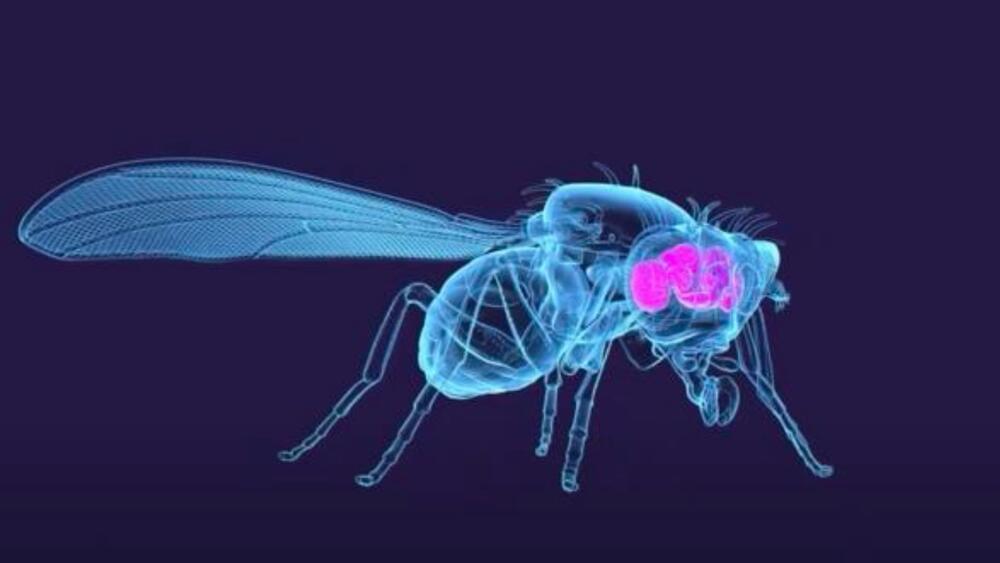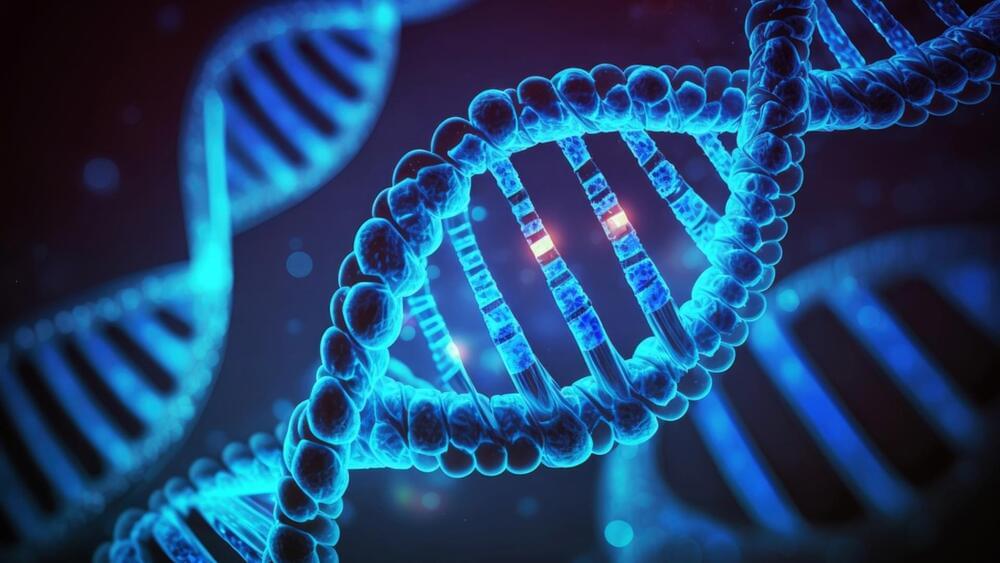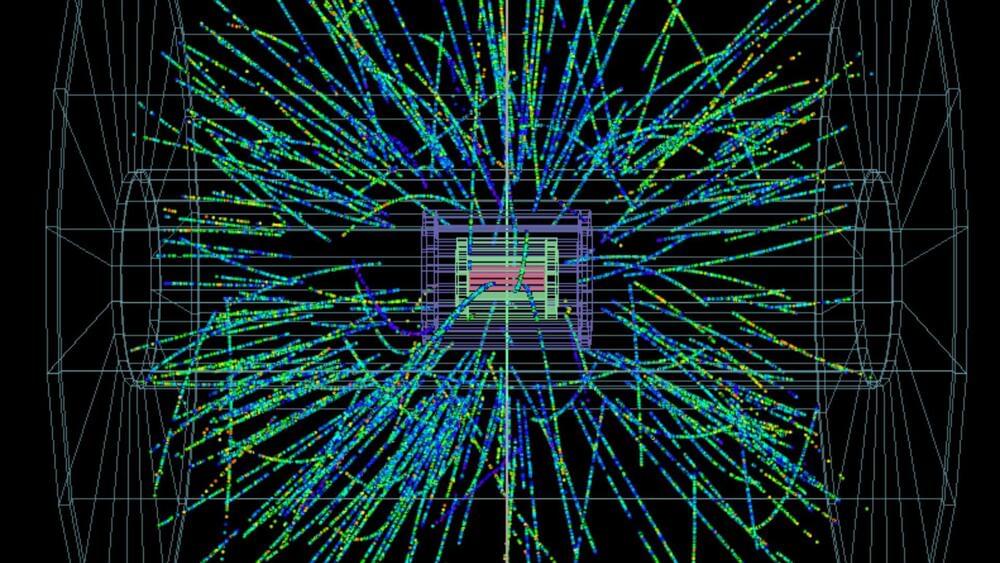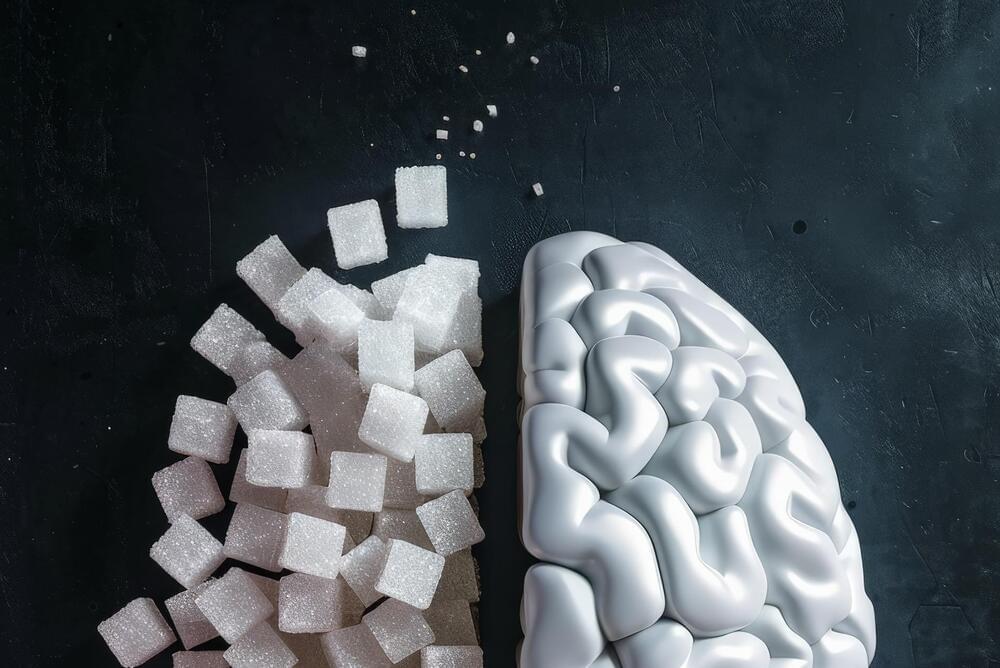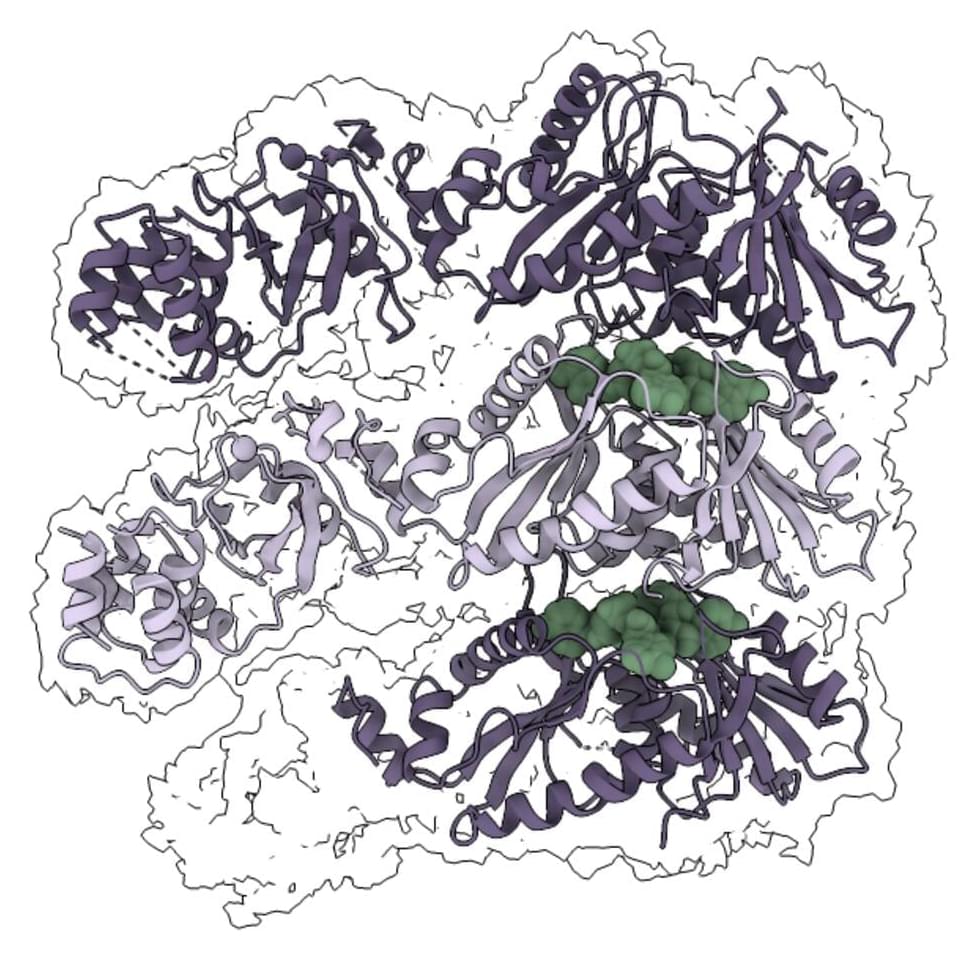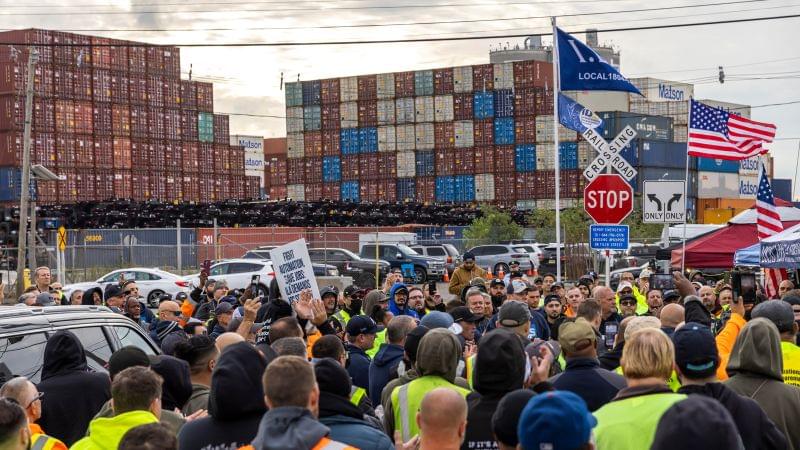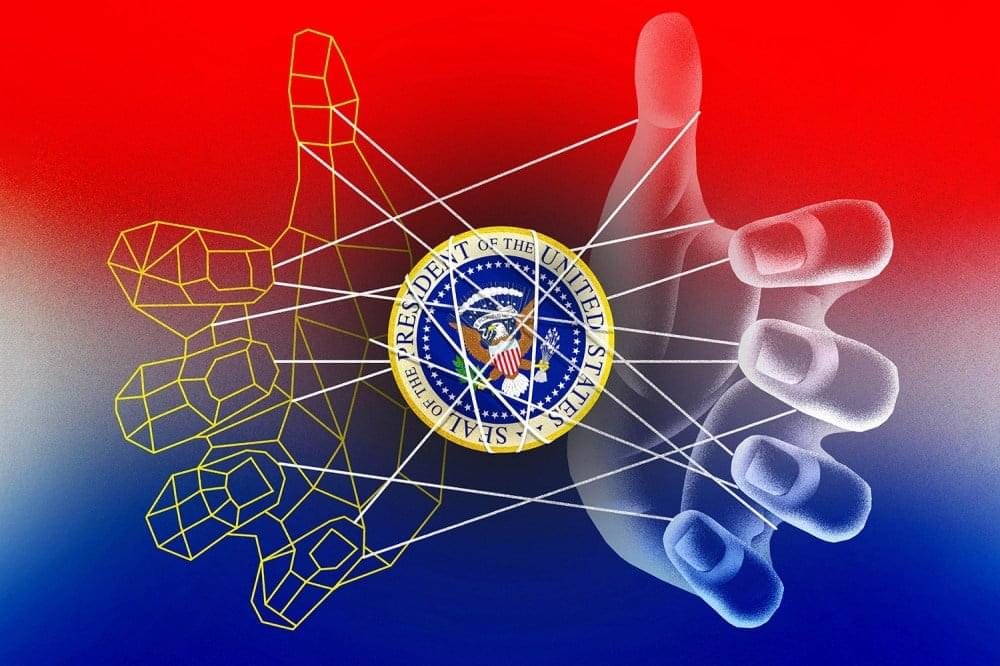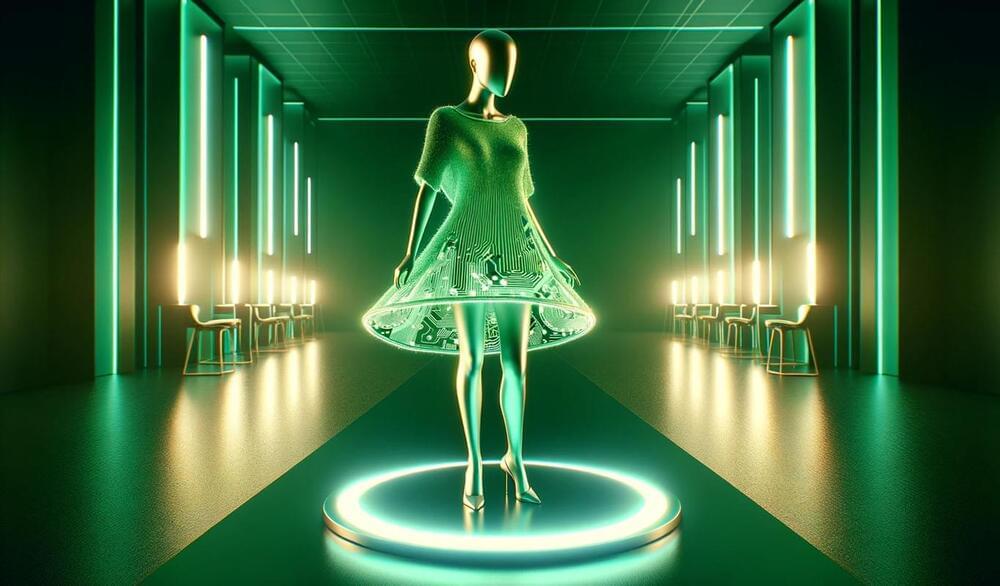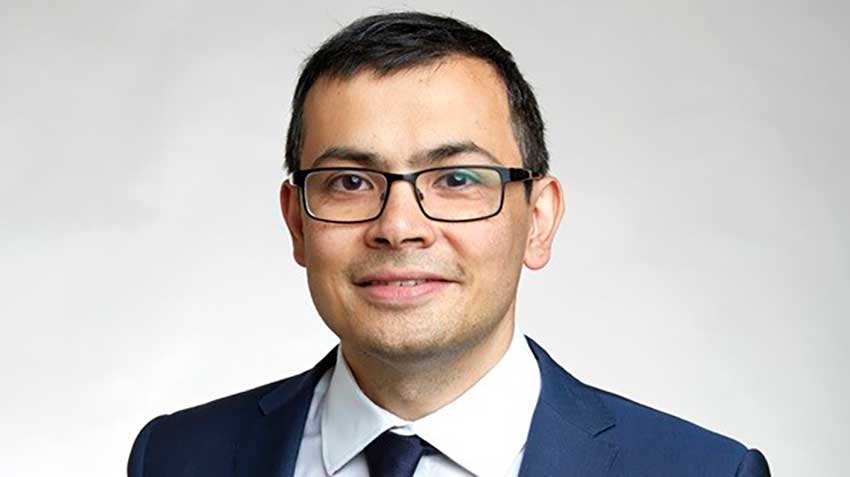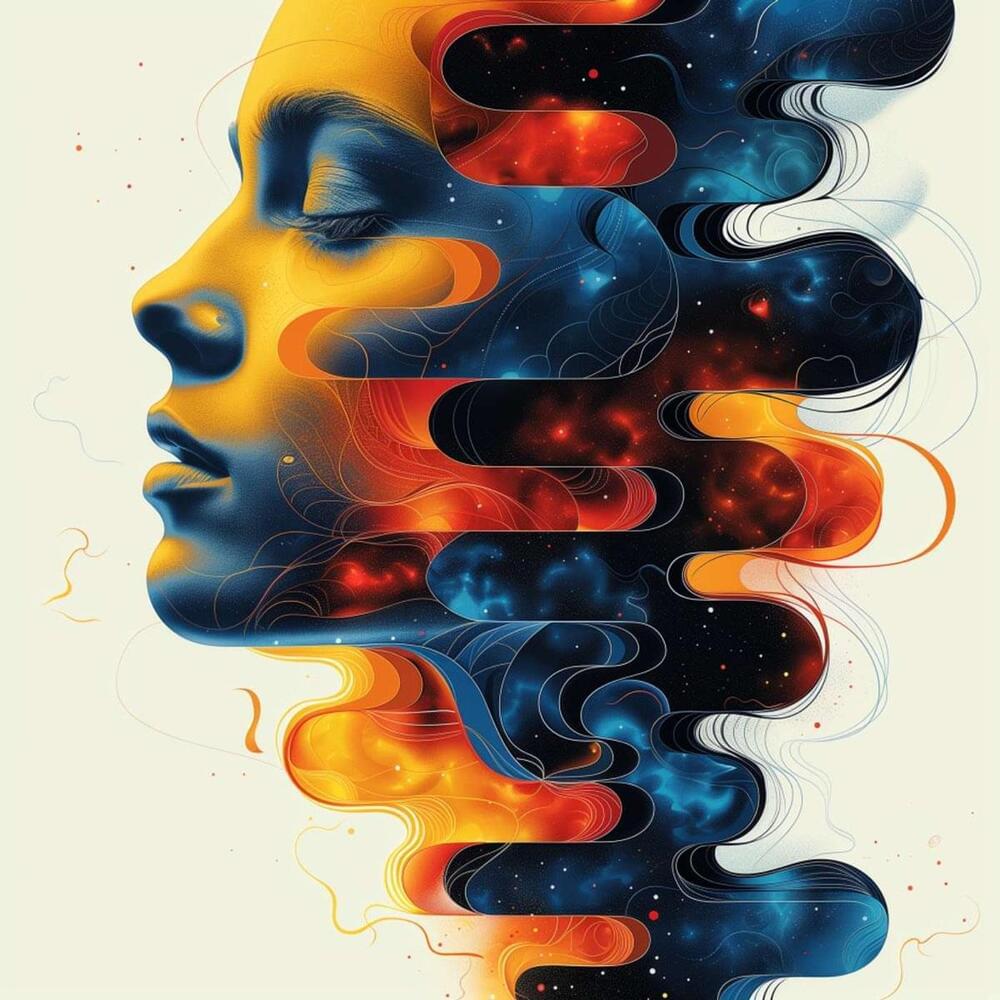Oct 2, 2024
139,000 Neurons of Adult Fruit Fly Brain Mapped For The First Time
Posted by Gemechu Taye in categories: biotech/medical, genetics, neuroscience
Unlocking the complexities of the fruit fly brain is a crucial step toward understanding the human brain. Fruit flies share many genetic similarities with humans, making them a valuable model organism for studying brain functions as well as diseases.
“An estimated 75% of human genes related to diseases have homologs in the fly genome,” Sebastian Seung, co-leader of the research team, told Interesting Engineering (IE).
Continue reading “139,000 Neurons of Adult Fruit Fly Brain Mapped For The First Time” »
